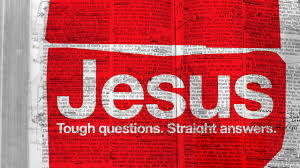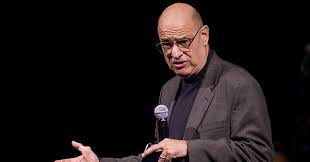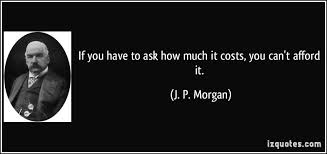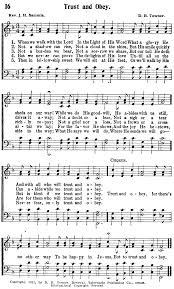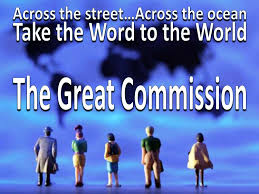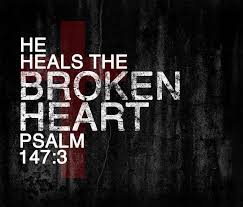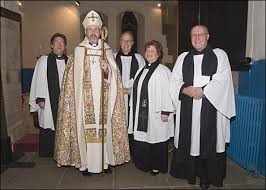 Why Should/Shouldn’t My Church Embrace Change? Part XII
Why Should/Shouldn’t My Church Embrace Change? Part XII
How did the clergy rise to power and create this divide? Frank Damazio in his classic book The Making of a Leader (Portland, Or: Bible Temple Publishing Co., 1988, p.9) explains, “Another major cause of the Church’s unbiblical division between the ‘clergy’ and the ‘laity’ is the professional status the church accords to clergy. The process of elevating clergy to the status of ‘professional Christian’ follows a claim of logic that looks like this:
 Since the: clergy = priesthood
Since the: clergy = priesthood
and the: priesthood = profession
then: profession = professional
Therefore: clergy = professional.
Those considered to be in the clergy, therefore, were looked upon as ‘professionals’. Those who received a theological and ‘professional’ education were considered to be part of the clergy, or at least, well prepared for a particular denominational ordination. Neither of these ideas, however, are Biblical.”
Here we are in the twenty-first century still maintaining the belief that the only clergy can be professionals, those who have made a career out of what is called the “full time ministry.” Because they are paid out of the laity’s tithes and offerings, many in the laity feel they do not have to do ministry because “that is what we pay our pastor and staff to do,” so they outsource their obligations. I have heard the Pareto Principle quoted that “20% of the people do 80% of the work.” I have no idea if that is valid, but very few of the non-clergy in most churches do very much of the work. The paid staff does it! Some believe the “lay” in “Laity” justifies being passive. I believe that clergy and laity want it that way. The clergy do not want to give up their pulpit, control, and power, and the laity enjoys being passive with no requirements placed on them except financial!
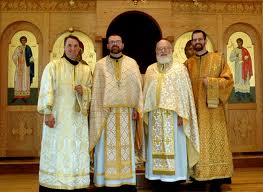 The hierarchal organizational church of the Dark Ages advocated the two class system: The clergy were educated and spiritual; most of the laity illiterate and secular. The clergy were set apart to draw near to God; the secular needed the clergy for confessions, the resolving of sins, penance, baptisms, marriages, and the giving of sacraments. What brought the Church out of the Dark Ages? The invention of Guttenberg’s printing press, the Age of Enlightenment, and the Age of Reason when the laity learned to read the Bible themselves.
The hierarchal organizational church of the Dark Ages advocated the two class system: The clergy were educated and spiritual; most of the laity illiterate and secular. The clergy were set apart to draw near to God; the secular needed the clergy for confessions, the resolving of sins, penance, baptisms, marriages, and the giving of sacraments. What brought the Church out of the Dark Ages? The invention of Guttenberg’s printing press, the Age of Enlightenment, and the Age of Reason when the laity learned to read the Bible themselves.
Martin Luther questioned the mother church’s institutional structure, power, practices, and doctrines that bred enormous wealth and corruption. His discovery of “justification by faith” and John Calvin’s “justification by grace” brought a spark of life back into the organism. As believers read the Bible for themselves, they began questioning official church dogma for interpretation, and life seeped back into the Priesthood of Believers.
 Although Luther did not actually pen the term Priesthood of Believers, he did initiate the principle that all believers in Jesus were peers, equals in the faith, and could do many of the things that the organized church had prohibited them from doing. Ironically, as much as Luther advocated the concept of Priesthood of Believers, he felt forced to accept a hierarchal leadership model when State governments began to endorse State religions as Germany went Lutheran, the Czar went with Russian Orthodoxy, and England’s King Henry VIII formed his own church, the Anglican Church. Those rejecting State run religion fled to America where they placed the Separation of Church and State into their Constitution.
Although Luther did not actually pen the term Priesthood of Believers, he did initiate the principle that all believers in Jesus were peers, equals in the faith, and could do many of the things that the organized church had prohibited them from doing. Ironically, as much as Luther advocated the concept of Priesthood of Believers, he felt forced to accept a hierarchal leadership model when State governments began to endorse State religions as Germany went Lutheran, the Czar went with Russian Orthodoxy, and England’s King Henry VIII formed his own church, the Anglican Church. Those rejecting State run religion fled to America where they placed the Separation of Church and State into their Constitution.

